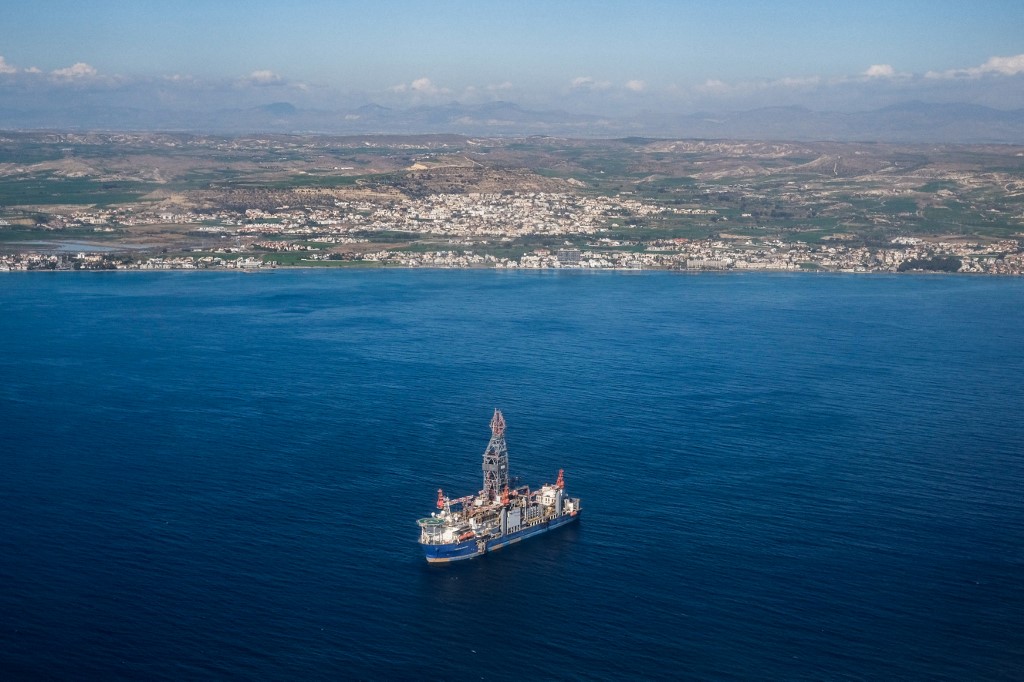(ATF) Italian energy giant Eni inked a memorandum of understanding (MoU) last week with Hangzhou-based power utility Zhejiang Energy for energy sector cooperation.
The initiatives identified in the MoU range from developing long term liquefied natural gas (LNG) supply agreement to joint participation in gas/LNG projects in both China and internationally, Eni said.
The deal comes as both Eni and China forge ahead with their own respective climate neutral goals. Eni, for its part, has pledged to become carbon neutral by 2050 – similar to other European oil and gas majors, including BP and Royal Dutch Shell.
China is also trying to offset its enormous greenhouse gas (GHG) emissions, the largest in the world by far, by building out more gas infrastructure, including transcontinental gas pipeline shipments from Turkmenistan, Kazakhstan, Myanmar, and Russia and a staggering number of proposed LNG receiving terminals of various sizes along its eastern coast.
Beijing had already set a goal of increasing natural gas as part of its energy mix to at least 10% by 2020, 15% by 2030, with further earmarks after that.
Last September, Chinese President Xi Jinping upped the ante even more, pledging to a UN virtual audience that the country would become carbon neutral by 2060, while capping emissions by 2030. However, President Xi did not include details of how the country can and will achieve that ambition.
If he is pegging his hopes largely on natural gas, the cleanest burning fossil fuel, emitting around 50% less Co2 than coal when used for thermal power generation, his pledge will likely not be reached.
China’s energy consumption, the largest in the world, is simply too vast to not continue to ramp up its solar and wind power capacity even more, as well as develop substantial ‘blue’ and ‘green hydrogen’ infrastructure.
To help the country reach zero emissions it would have to de-carbonize both its domestic and imported gas supply.
This is done by avoiding, eradicating, or mitigating the GHG emissions associated with the life cycle of natural gas from its source to the end user. Two primary ways include carbon capture and storage, as well as using carbon credits, a practice just now gaining ground in Europe.
Coal – the elephant in the room
China has, however, made great strides in both solar and wind built-out, but the elephant in the room remains its coal usage.
Although the country added a record 71.7 gigawatts (GW) of wind power and 48.2 GW of solar in 2020, those gains are offset since its coal-fired generation rose by 1.7% or 77 terawatt-hours, spiking its share of global coal power to some 53%, up from 44% in 2015, London-based energy and climate research group Ember data shows.
China is the only G20 member to see a significant jump in coal-fired generation last year.
Not only has China’s coal usage increased, but last year the country’s powerful National Energy Administration (NEA) approved a multi-year high number of new coal-fired power plants, likely to help revive provincial economies which had been hit at the time by the onset of the Covid-19 pandemic.
Since then, Beijing has called the NEA to rectify what it now deems as excessive coal-fired power plant approvals, which clash with Xi’s carbon neutral pledge.
However, not only is Xi’s pledge facing headwinds at home over a hard to tame coal industry, but US President Joe Biden, and now a growing list of other western leaders, are claiming that China needs to do more to address its massive carbon footprint, including moving its carbon neutral pledge forward to an earlier date.
For China to not only appease an increasingly aggressive western climate change agenda that has become politicized but to even meet its own pledges under the 2015 Paris Climate Accord, Beijing energy planners need to at least include both ‘blue’ and ‘green hydrogen’ as part of its formal energy plan – something that has yet to materialize.
To date, only the country’s oil majors seem to be taking concrete action. Chinese state-run oil and gas major Sinopec announced in February that it aims to build as many as 1,000 hydrogen fueling stations across the country by 2025 – an ambitious plan. The country’s other two oil majors are expected to follow suit.
Yet to its credit, China is now starting to work on a hydrogen production model that relies on electricity from its growing number of nuclear reactors, one of the world’s largest.
Currently, China is the world’s largest hydrogen producer but it is produced using coal and known as ‘brown’ hydrogen, and as such releases CO2 into the atmosphere.
ALSO SEE:
- China’s carbon neutral pledge – pipe dream or reality?
- China economic blueprint signals more coal investment
- China to launch national emissions trading scheme in mid-2021
- China must nix its coal addition to reach carbon neutral pledge
- New coal projects in China make up 90% of global total
- China should not give stimulus to coal plants
- China hurting efforts to cut global emissions: US
























